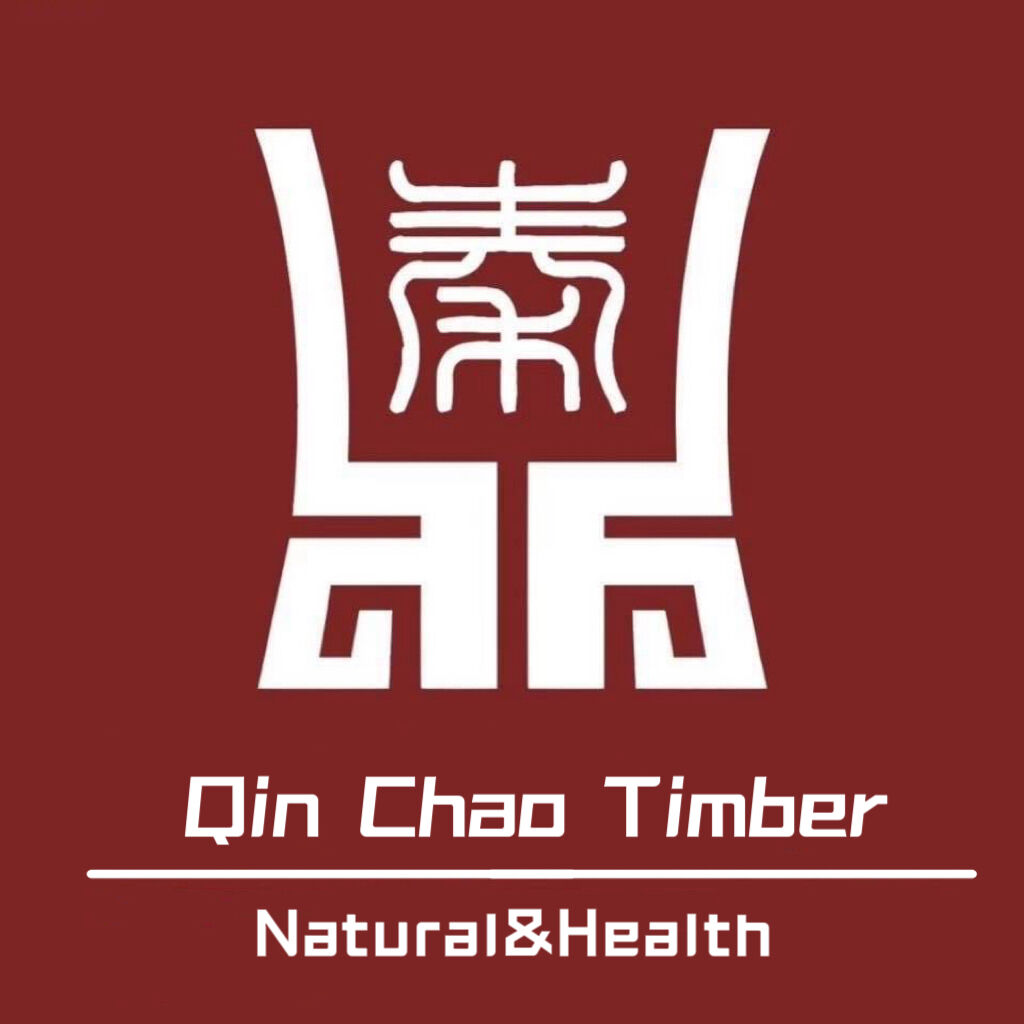With growing awareness around green building practices, we're seeing a real surge in demand for sustainable construction materials these days. Among the options gaining traction, thermowood has emerged as something pretty special because of how it combines practicality with environmental responsibility. Let's take a closer look at why this material is becoming so popular, what makes it work well in different projects, and where experts think it might go next in our ongoing quest for greener buildings.
What You Should Know About Thermowood
There's a type of wood called thermowood that gets much tougher and more stable after going through heat treatment. The heating process changes how the wood behaves at both a chemical and physical level. What this means is the wood stands up better against water damage and pests, plus it doesn't warp or crack as easily over time. Because of these properties, thermowood works really well for things like outdoor decks and building exteriors. Plus, since it requires less upkeep than regular wood, people find it valuable not just for looking good but also for lasting longer without constant repairs.
Positive Impact On Environment Due To Thermowood
Thermowoodâs benefits hold more power particularly due to favorable contagious properties not adding any chemicals during modification helps substitute toxic treated wood without sacrificing quality. Further, sourcing from sustainably managed firms ensures no contribution towards deforestation eliminates traditional treated stones deems it environment carabian reduction product.
By utilizing threawood not only builders but even homeowners can keep achieving resultacuda projects.
Uses of Thermowood in Construction
Thermowood stands out from other materials, which is why we see it showing up so much in building exteriors these days. The wood really enhances how a structure looks while standing up well against rain, snow, and sun exposure. We're seeing more and more applications too beyond just walls and roofs. Deck manufacturers love working with it, and some high end restaurants actually use Thermowood for their interior walls despite all the foot traffic. Architects appreciate this stuff because it combines good looks with lasting performance through seasons changes. Plus, since it's made using heat treatment rather than chemicals, many green building projects specify Thermowood when they want both aesthetics and environmental responsibility.
Market Trends And Needs Of Costumers
The presence of Thermowood in construction markets continues to expand rapidly, driven largely by increasing consumer awareness about environmental impacts. More builders and architects are incorporating sustainable materials into their projects lately, partly because clients now demand greener options and partly due to stricter regulations around eco-friendly building practices. What makes these materials particularly attractive isn't just their green credentials either; cost savings over time have made them increasingly popular among construction firms. As a result, Thermowood has carved out a strong niche for itself in this evolving market landscape, delivering performance benefits while meeting both regulatory requirements and budget constraints faced by modern construction companies.
The Prospects of Thermowood and Sustainable Construction
Thermowood appears poised for significant growth in the coming years. As thermal processing techniques continue evolving within wood modification, we can expect substantial improvements in manufacturing efficiency shortly. These technological advances should drive down production expenses, making this material accessible to many more consumers across different markets. At the same time, companies are placing greater emphasis on reducing their carbon footprint through initiatives like green building standards. This shift toward sustainability means naturally renewable materials like thermowood will gain popularity among builders and architects alike. The environmental advantages are clear too since thermowood requires less energy during processing compared to traditional treatments. Plus, it opens up exciting possibilities for innovation throughout the construction industry as designers seek new ways to incorporate these eco-friendly alternatives into modern projects.
Thermowood proves extremely valuable for green construction projects and represents a significant step forward in sustainable building practices. When combined with its impressive physical properties such as reduced weight compared to traditional materials and compatibility with eco-friendly resin treatments, this wood type offers strong support for environmentally conscious construction. The material's ability to meet contemporary environmental standards makes it an attractive option for builders looking to incorporate sustainable timber solutions. As architects and contractors continue exploring ways to reduce their carbon footprint, thermowood stands out as a practical alternative that can help achieve both aesthetic appeal and functional requirements without compromising on quality or durability.


 Products
Products